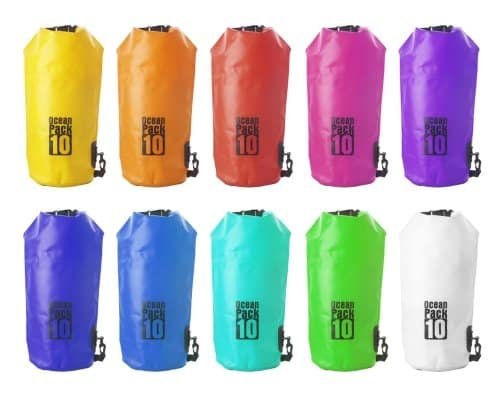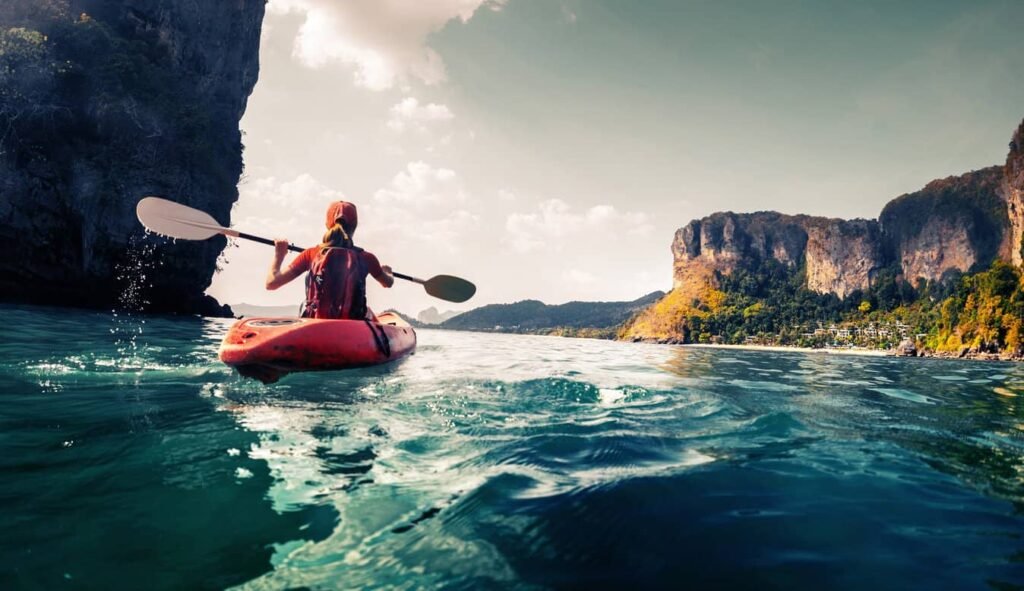
Outdoor enthusiasts understand the unpredictability of Mother Nature. Whether you’re on a kayaking expedition, hiking in the backcountry, or enjoying a day at the beach, the elements can be unforgiving. That’s where the unsung hero of outdoor gear comes in: the dry bag. In this guide, we’ll explore why dry bags are essential, their innovative waterproof technology, and the scenarios where they shine. Whether you’re a seasoned adventurer or a newbie, investing in a dry bag can safeguard your essentials, keep you organized, and elevate your outdoor experiences. Join us as we unlock the secrets of this remarkable gear.
Protect Your Gear dry bag
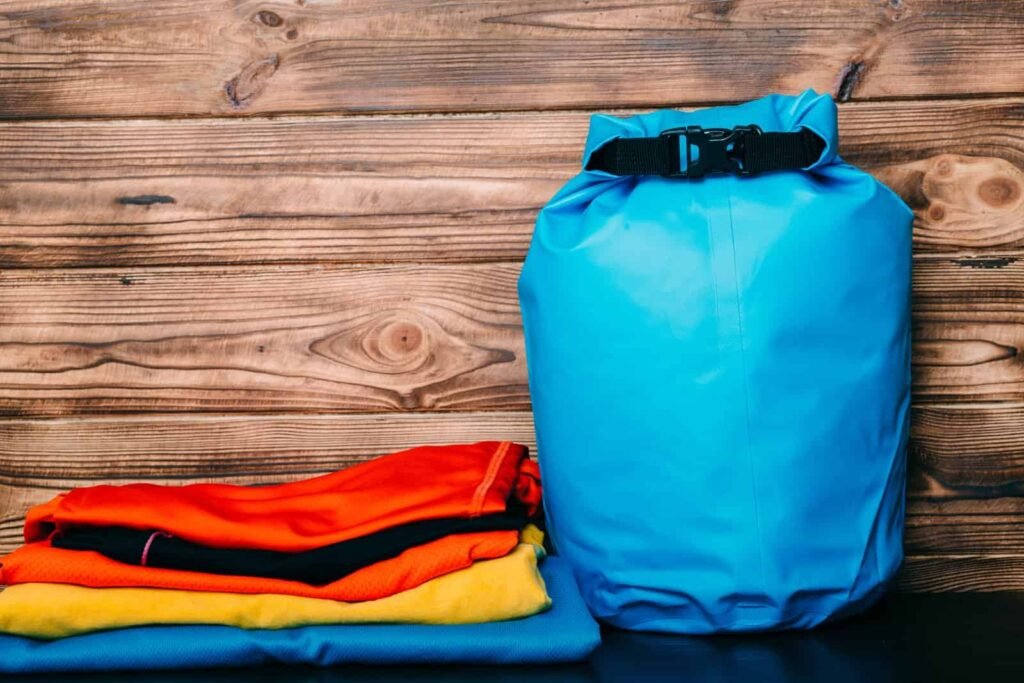
Waterproof Confidence
Dry bags are designed to keep water out. Their waterproof materials and construction create a reliable barrier against rain, splashes, or even accidental submersion. You can have peace of mind that your gear stays dry.
Durability
Quality dry bags are made from robust materials like PVC, TPU, or nylon. They can withstand rough handling, abrasion, and exposure to UV rays.
Versatile Protection
Whether you’re into kayaking, hiking, camping, or any other outdoor activity, a dry bag is versatile. It safeguards your gear in diverse environments, from serene lakes to torrential downpours and dusty trails.
Stay Organized
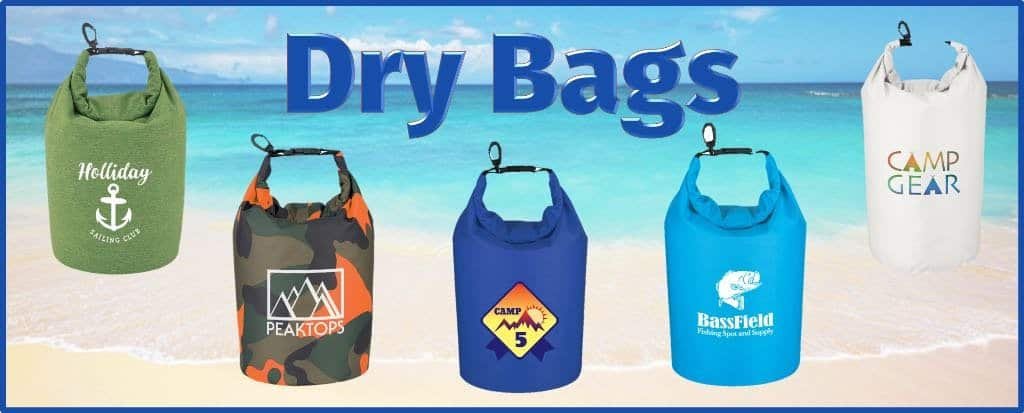
Easy Identification
Transparent or semi-transparent dry bags allow you to quickly identify the contents without opening them. This is particularly handy when you need to locate a specific item in a hurry, like a first-aid kit or a snack.
Efficient Packing
Dry bags with roll-top closures or zip-lock seals are excellent for compressing your gear. You can remove excess air, reducing the volume of the bag and optimizing space in your backpack or kayak. This efficient packing ensures you can carry more without the bulk.
Protection from Contamination
When you’re in the wilderness, the last thing you want is your clean clothes mixing with muddy boots or wet gear. Using separate dry bags for clean and dirty items prevents cross-contamination, ensuring your essentials stay clean and dry.
Versatility Across Activities
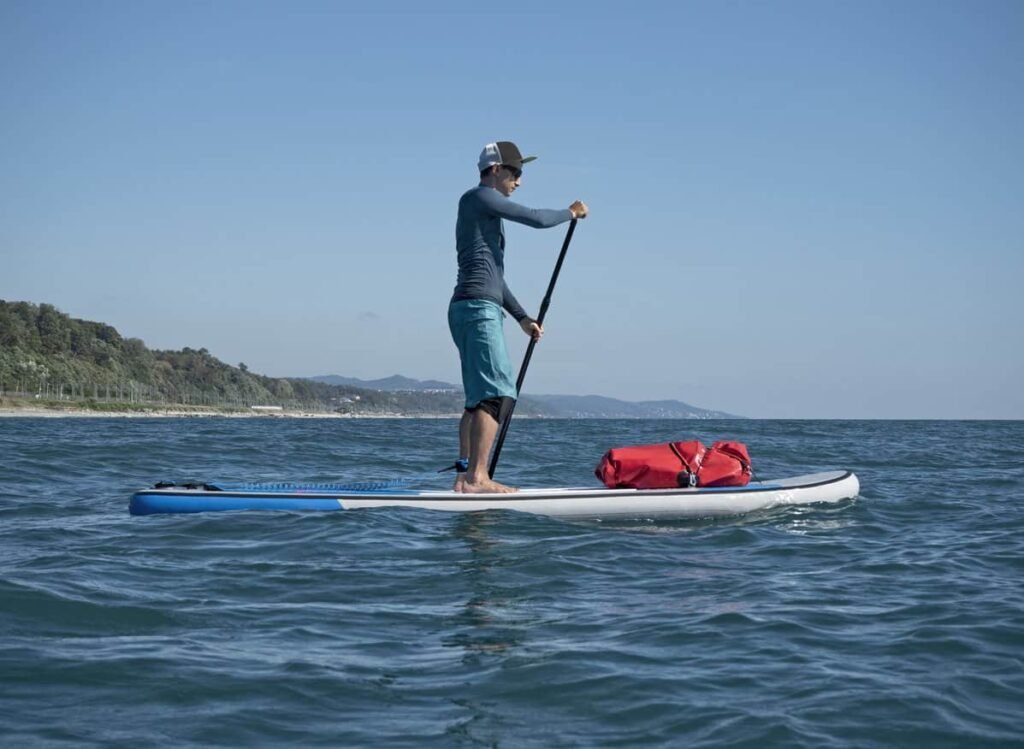
Kayaking and Canoeing
Dry bags are a staple for water enthusiasts. They keep your spare clothes, food, and electronics safe from splashes and submersion. Look for kayak-specific dry bags with attachment points for secure storage.
Camping and Hiking
Whether you’re hiking through a rainforest or setting up camp by a serene lake, dry bags keep your camping gear and clothing dry. They are especially handy for preserving your sleeping bag, which can lose its insulating properties when wet.
Backpacking
Dry bags are a backpacker’s best friend. They protect your essentials from unpredictable weather conditions, stream crossings, and accidental spills. Many backpackers use a combination of dry bags for optimal organization.
Snow Sports
Heading to the slopes? Dry bags can safeguard your electronics, spare clothes, and snacks from snow and moisture. They also prevent snow from melting and wetting your gear while you’re enjoying the cold outdoors.
Beach and Waterfront Activities
Dry bags are not limited to hardcore adventurers. They’re equally valuable for beachgoers, swimmers, and picnickers. Keep your towels, smartphones, and snacks sand and water-free for a comfortable day at the beach.
Waterproof Technology

Closure Systems
- Roll-Top Closure: The most common closure system, roll-top closures involve rolling the top of the dry bag at least three times and then securing it with buckles or clips. This creates an airtight and waterproof seal.
- Zipper Closure: Some dry bags feature waterproof zippers that provide quick access to your gear. Ensure the bag uses a high-quality, waterproof zipper like YKK Aquaseal for maximum protection.
IP Ratings
Ingress Protection (IP) Ratings: IP ratings classify the level of protection a dry bag offers against solids and liquids. Look for dry bags with high IP ratings, such as IPX6 or IPX7, which indicate superior waterproof performance. These ratings assure your gear stays dry even when submerged.
Additional Features
- Valves and Purge Systems: Some dry bags come with one-way valves or purge systems. These allow you to expel air from the bag, making it more compact and enhancing buoyancy when used in water sports.
- Transparent Windows: Dry bags with transparent windows enable you to view and access specific items without opening the bag. This is handy for locating gear quickly.
Durability and Longevity
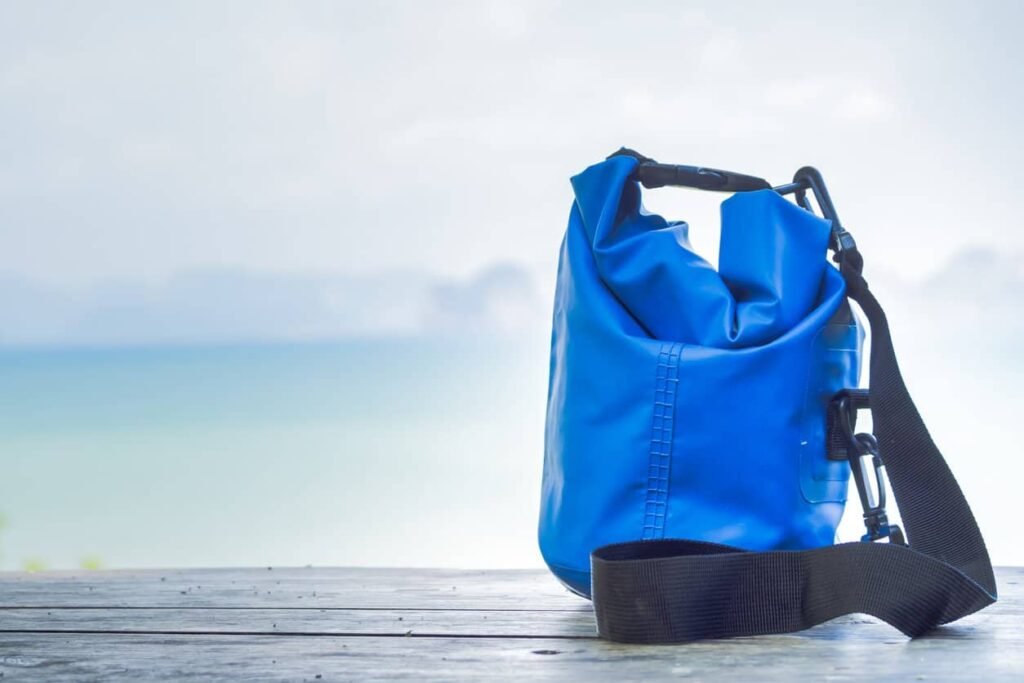
Seams and Welds
In addition to material quality, pay attention to the seams and welds of the dry bag. Look for bags with strong, heat-welded seams. Heat-welded seams create a bond that’s stronger than the material itself, ensuring that water stays out and your gear remains dry. Double-stitched and reinforced seams are also indicators of superior durability.
UV Resistance
Exposure to the sun’s ultraviolet (UV) rays can weaken materials over time. If you plan to use your dry bag in sunny conditions, choose one that offers UV resistance. UV-resistant dry bags are less likely to degrade, ensuring that their waterproof properties and overall durability remain intact.
Proper Care and Maintenance
Even the most durable dry bags benefit from proper care and maintenance. Rinse your dry bag with fresh water after each use, especially if it has been exposed to saltwater. Store it in a cool, dry place away from direct sunlight when not in use.
Comfort and Convenience
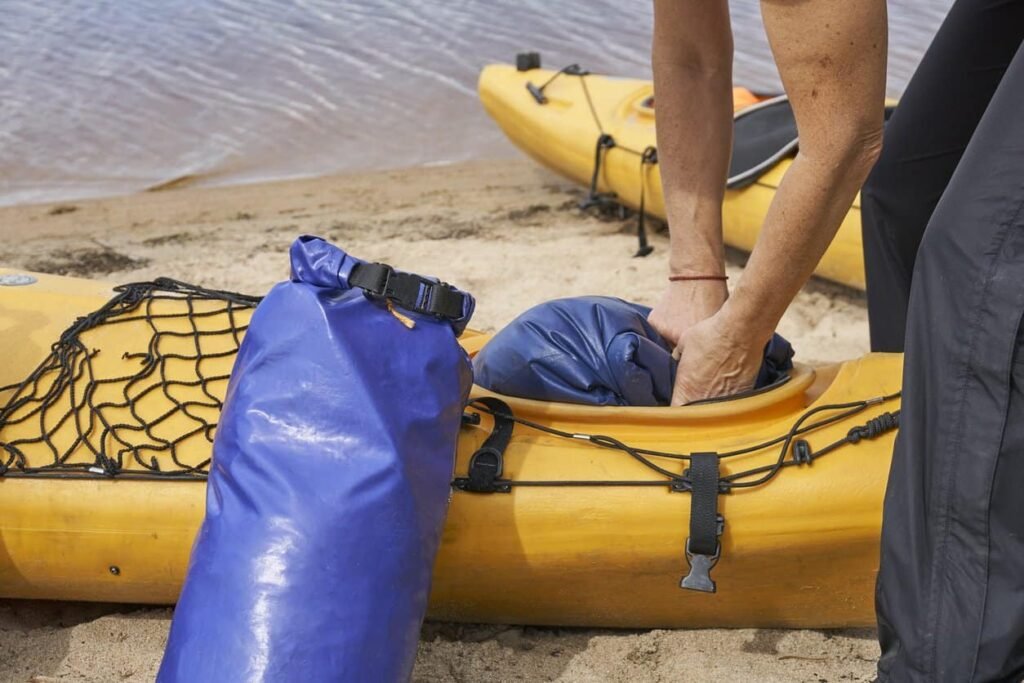
Ergonomic Design
Opt for a dry bag with an ergonomic design that enhances comfort during prolonged use. Look for features like padded shoulder straps or harness systems. These design elements distribute the weight of the bag evenly, reducing strain on your shoulders and back. Adjustable straps also allow you to customize the fit for your body, ensuring a comfortable carry, whether you’re hiking, kayaking, or biking.
Easy Access
Convenience is key when you need quick access to your gear. Many dry bags now come with user-friendly features such as roll-top closures with quick-release buckles. These closures not only provide a watertight seal but also allow for easy opening and closing, even when you’re on the go. Look for dry bags with wide openings or multiple access points to reach your gear without rummaging through the entire bag.
Additional Pockets and Compartments
For added convenience, consider a dry bag with extra pockets or compartments. These pockets are perfect for stashing small essentials like keys, a wallet, or a smartphone, keeping them separate from your main gear.
Expert Recommendations
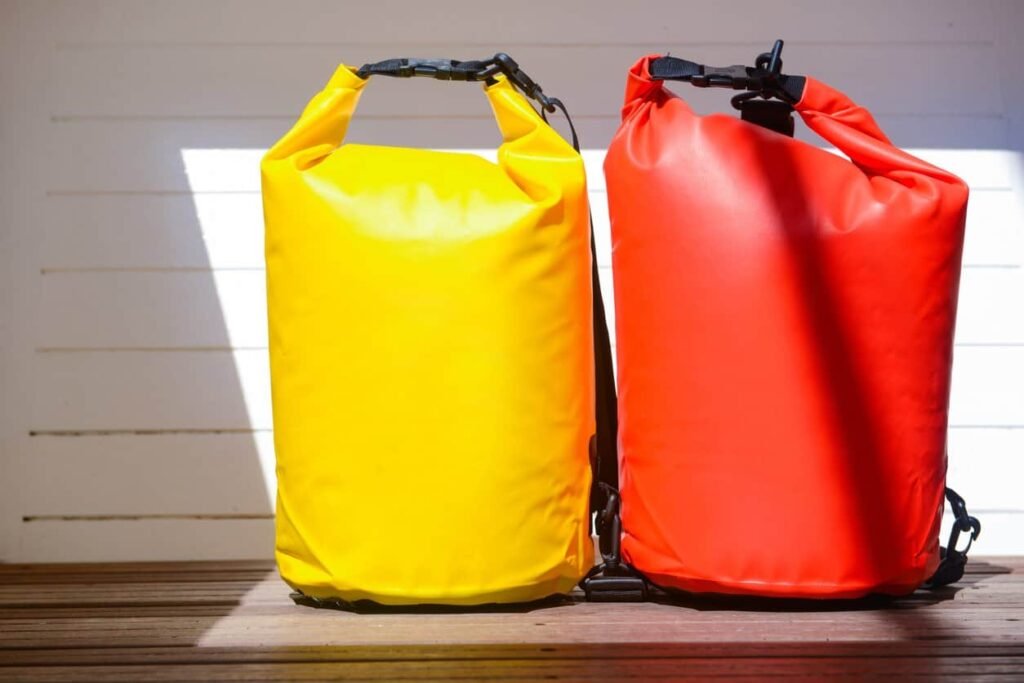
Outdoor Gear Reviews
Many outdoor gear review websites and publications regularly assess and rate dry bags based on their performance in real-world conditions. Websites like OutdoorGearLab, REI, and Backpacker Magazine often publish in-depth reviews and buyer’s guides. Reading these reviews can offer valuable insights into which dry bags have excelled in waterproofing, durability, and comfort.
Adventure Forums and Communities
Online forums and communities dedicated to outdoor enthusiasts can be excellent sources of expert recommendations. Websites like Reddit’s r/CampingandHiking and r/Kayaking have active communities of experienced adventurers who often share their firsthand experiences with different dry bag brands and models. You can ask questions and receive personalized recommendations based on your specific needs.
In-Person Consultations
If you have access to an outdoor gear store or pro shop, consider visiting in person. Expert staff members can provide tailored recommendations based on your planned activities and gear requirements.
Adventure Blogs and YouTube Channels
Many outdoor enthusiasts maintain blogs and YouTube channels where they document their adventures and review the gear they use. Exploring these personal accounts can provide you with insights into which dry bags have proven themselves in the field. Look for bloggers and YouTubers who share their experiences in activities similar to your own.
FAQ
Q1: What’s the Difference Between a Dry Bag and a Regular Bag?
A: The primary difference is waterproofing. Dry bags are specifically designed to be waterproof, keeping your gear completely dry even when submerged. Regular bags, on the other hand, are not waterproof and can allow water to seep in, potentially damaging your belongings.
Q2: Can I Use Dry Bags for Water Sports?
A: Absolutely! Dry bags are commonly used in water sports like kayaking, canoeing, and paddleboarding to keep gear dry. They are designed to float and stay buoyant, making them essential for water-based adventures.
Q3: How Do I Ensure My Dry Bag Is Waterproof?
A: To maintain waterproofness, ensure that the bag is properly sealed by folding the top at least three times and securing it with the buckle or closure system. Inspect the bag for any damage or wear and tear, and avoid overloading it beyond its capacity.
Q4: Can Dry Bags Be Repaired if Damaged?
A: Yes, many dry bags can be repaired using specialized repair kits or patches. These kits typically include adhesive patches that can be applied to small punctures or tears. However, it’s best to prevent damage by handling your dry bag with care.
Q5: Are Dry Bags Suitable for Camping Trips?
A: Absolutely! Dry bags are excellent for camping to keep your gear, clothing, and essentials dry and organized. They come in various sizes, so you can choose one that fits your needs.
Q6: Can I Use Dry Bags in Extreme Weather Conditions?
A: Yes, dry bags are suitable for extreme weather conditions, including heavy rain and snow. Their waterproof design provides reliable protection against the elements, making them ideal for various outdoor activities in challenging environments.
Conclusion
In conclusion, dry bags are more than just waterproof sacks; they are essential companions for anyone venturing into the great outdoors. With their remarkable waterproof technology, these bags have proven their mettle in keeping gear, clothing, and valuables dry and secure. Whether you’re a kayaker, hiker, camper, or traveler, a reliable dry bag is an investment in peace of mind. The durability, versatility, and comfort they offer make them a must-have for outdoor enthusiasts. With expert recommendations backing their use, it’s clear that dry bags are indispensable for any adventure. So, why buy a dry bag? Because staying dry and organized in the wild is worth every penny.

